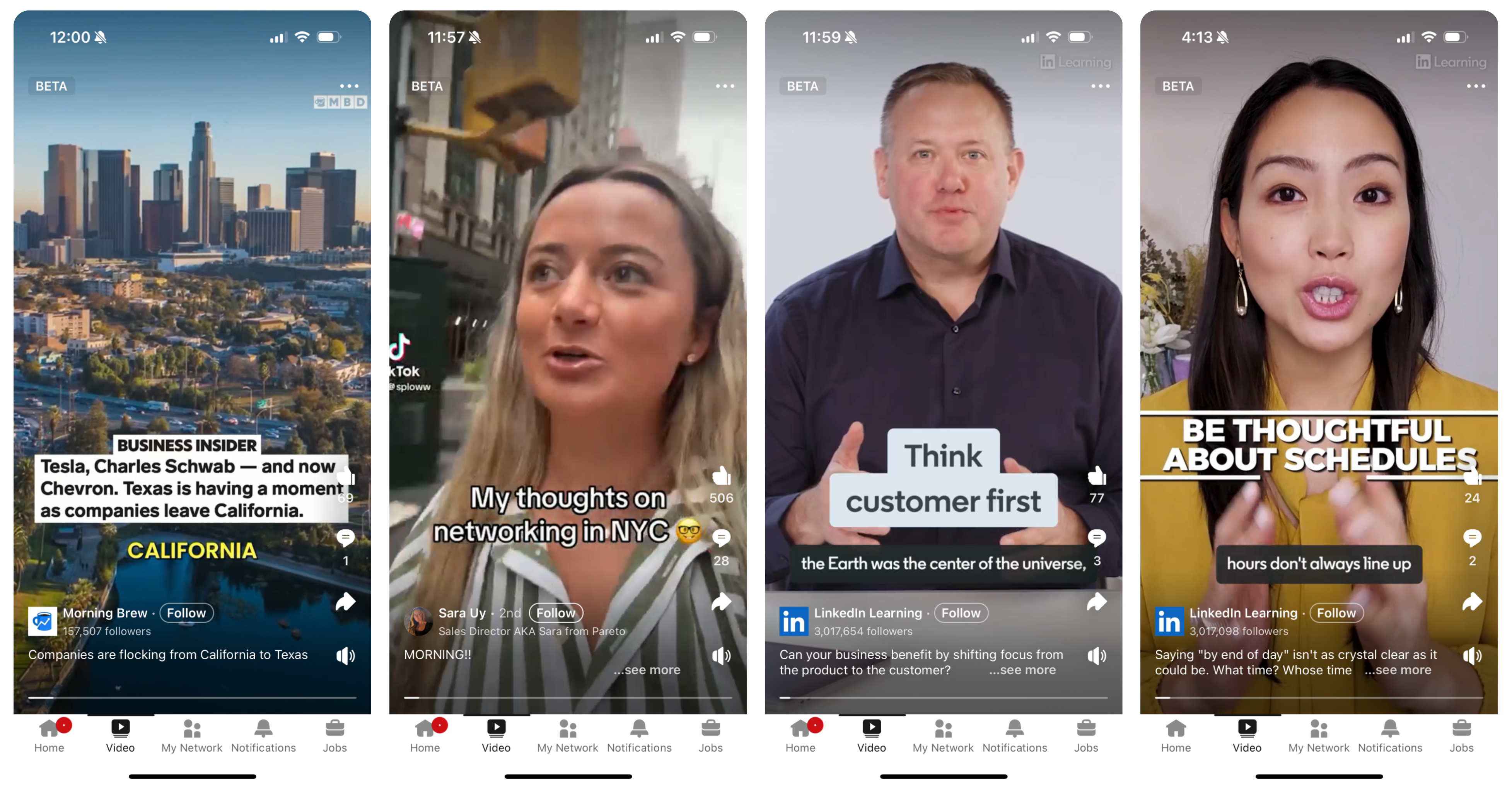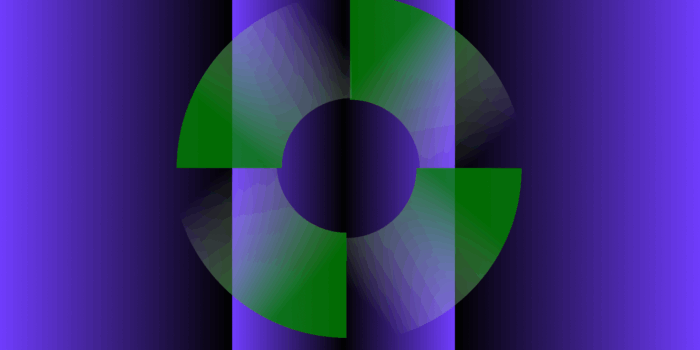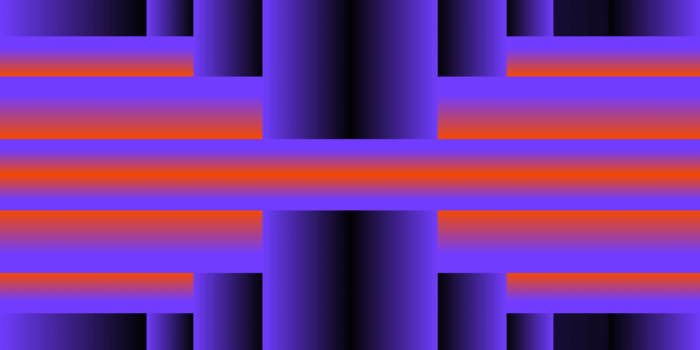To no one’s surprise, LinkedIn has officially jumped on the short-form video bandwagon with a new beta feature similar to TikTok, Instagram Reels, and YouTube Shorts. This development comes as short-form video content continues to grow in popularity quarter over quarter.

While some may argue, “We don’t need yet another video platform,” this could be a valuable tool for B2B marketers looking to expand their advertising strategies into short-form content and grow their online brand and community, particularly if they’ve felt that existing platforms don’t provide the appropriate space for their content as they tend to lean more consumer/comm driven.
How LinkedIn’s Short-Form Video Feed Works
Currently, the video feed is part of a limited beta test on the LinkedIn iOS mobile app and is not yet available to all LinkedIn users. Those who are part of the beta can access the feed through the new “Video” tab at the bottom of the app, located between the “Home” and “My Network” tabs. Note that this feed is completely separate from the original feed with your typical posts, yet the videos you post on the “My Network” feed are what shows up on the “Video” feed.

Once you’re in the “Video” tab, the experience is very similar to that of other short-form video apps: you can scroll through content, like, comment, share videos to your profile, and follow new users directly from the feed. However, posting directly on the short-form video feed is not currently an option.
Other features of the product include the ability to:
- Adjust playback speed
- Turn on high contrast
- Show closed captions
- Save a video for future reference
- Report a post
- Mark a post as “Not Interested” to avoid seeing similar content in the future
At this moment, the videos in the feed come from those posted through a general LinkedIn post. There is no way to differentiate which feed your post goes to.
Your video feed will consist of a mix of content from people you actively follow, as well as videos from those you don’t currently follow. While LinkedIn hasn’t officially disclosed how the videos in your feed are selected, it appears to be curated in a similar manner to TikTok, Instagram Reels, and YouTube Shorts, where spending more time on or interacting with one video influences the videos shown to you in the future.
Types of Content on the Feed
While the new LinkedIn video feed may look and feel similar to other short-form video platforms, the content itself is what sets it apart. Unlike the more consumer-oriented and hobby-centric content typically found on TikTok, Instagram Reels or YouTube Shorts, the videos on LinkedIn’s feed are primarily business, employment, and career-driven. Similar to the content you would see on the general LinkedIn post feed.
We’ve noticed a nice mix of content from individual LinkedIn profiles offering professional advice and insights into their industries, as well as content from businesses and corporate accounts showcasing their work and promoting their products.

Are There Ads in the Space?
Currently, ads do not appear to be included in the short-form video feed beta. LinkedIn has not yet announced if or how they plan to incorporate ads into the feed, but based on the trajectory of other short-form video platforms, it’s likely only a matter of time before this feature is integrated.
Ads within the feed would be a significant win for B2B advertisers, many of whom feel limited in expanding into other short-form video platforms, as their content doesn’t always feel native to those environments.
How Can B2B Marketers Capitalize on This Product?
We’ve all seen the benefits that DTC and eCommerce brands have reaped by building communities on short-form video platforms. LinkedIn Video is the perfect place for B2B brands to start building a community of their own, in an environment where people are actively in a business mindset.
For this reason, we suggest that B2B businesses seize this opportunity as early as possible before the platform becomes oversaturated with creators. Since the feed displays a mix of content from people you currently follow, as well as content the algorithm thinks you would be interested in, this is a great opportunity to get your brand in front of a new audience while also providing additional value to your current followers—moving them further down the funnel, all free of charge.
What Kind of Content to Post
There appears to be a wide variety of content currently being shown in the feed. Everything from vlog-style UGC videos to more highly edited promotional videos is common. We suggest testing a bit of everything to find what resonates with your audience.
That said, keep in mind the nature of the other short-form video platforms. The content that tends to succeed most often on those platforms leans towards being more natural and organic, rather than overly sales-focused. While scrolling through the platform, we found that those more highly produced sales videos felt somewhat awkward and more out of place.. They feel more like a paid ad, making you want to scroll right past and not pay attention to the content provided.
On the flip side, the UGC content, focusing less on driving immediate results from your videos, and more on providing value to your potential customers and building up your brand’s community does a better job at catching our attention as it feels a lot more similar to the content that we know and love on the other short form platforms.
Top three UGC videos we feel do best on the feed:
- Podcast clips: about every three-to-five videos you are bound to find at least one clip that looks like it is taken directly from a podcast. These videos are so successful since they take the most high quality and valuable clip from a longer podcast and promote it, making people crave to hear more.
- Day in the life vlogs: We are seeing a lot of content of people showing what it is like working at their company. These videos make you feel like you are getting an inside look at a brand, making you feel more connected to it. They also tend to sneak in small pockets of information on how the brand can benefit you, without feeling too salesy.
- Listicles: Listicle videos are a short list of items that are based on a specific theme, designed to make it feel like the listener is getting value or learning something from the list. In doing this, the content tends to sneak in the brand and how the brand can provide benefit to the audience somewhere in the list.
Developing a good hook
Regardless of the type of videos that you post, what is most important is that you have a strong hook on it. The hook is the first sentence that is said or written in the video that is used to capture the user’s attention.
The hook of a video can make or break your video’s performance. If you don’t have a strong hook, you run the risk of losing your audience’s attention right from the start. To know what videos of yours have the most impactful hook, determine your hook rate. Hook rate is calculated by dividing your 3-second video view metric by impressions then multiplying by 100.
A good hook rate will vary from industry to industry, but a good benchmark for all advertisers is anywhere from 35-35%. Some of the hooks that we find work best for our B2B clients are as follows:
- Summary Statement: Summarizes exactly what the video is going to cover in the first sentence.
- Relatable Statement: Addressing the audience directly by stating something that they can connect with.
- Listicles: Stating you are going to go through the top [X] number of [Y]
- Statistics: Sharing a stat that wasn’t previously known to the audience
- Dramatic Statement: A sentence that is bold, shocking, or surprising.
The Future of LinkedIn’s Short-Form Video Feed
There’s no official word from LinkedIn on if or when this feature will be rolled out to all users, but we predict that it’s here to stay and will be the perfect space for B2B brands to finally build their communities. Dust off your UGC skills, B2B marketers—the benefits you can experience from short-form video platforms are immense.






